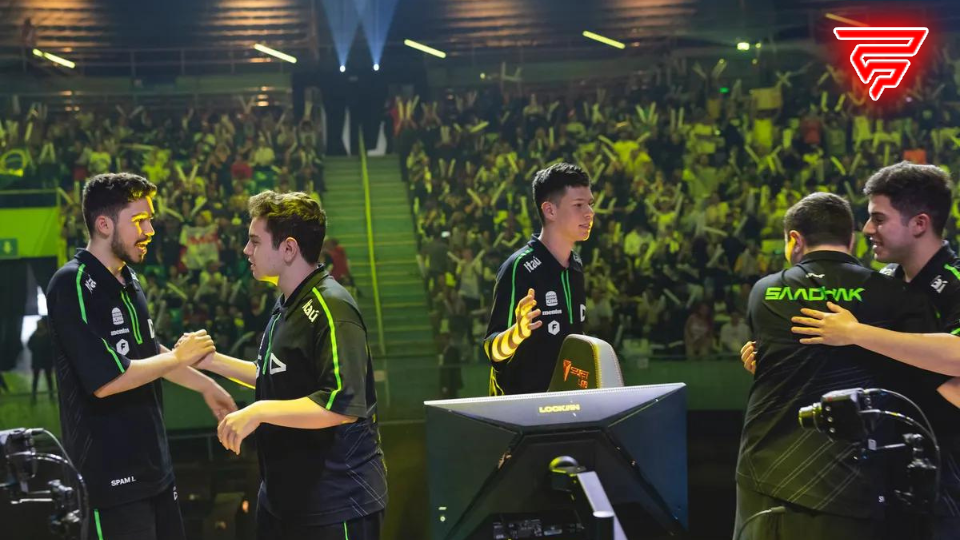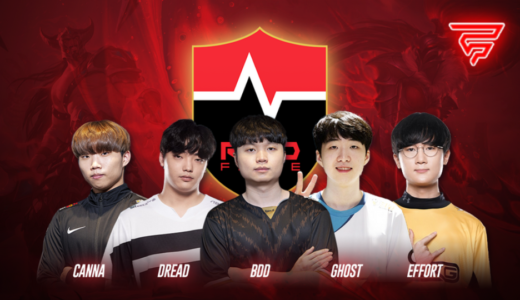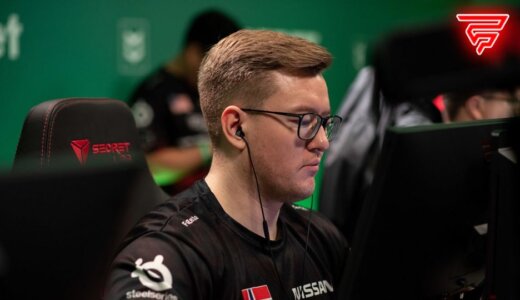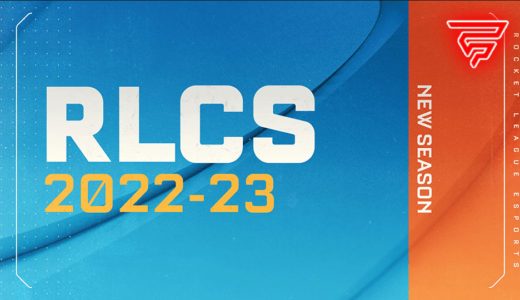The Valorant Champions 2023’s viewership numbers had taken a massive dip, recording the lowest numbers in the event’s history during the Group Stage.
Esports has always been a realm of excitement and fierce competition, attracting audiences from all over the world. Valorant Champions 2023, a pinnacle event in the esports calendar, promised no less. However, as the group stage curtains closes, a sobering reality settled in – the viewership numbers had taken a dip, marking this as a moment of reflection for the esports community.
According to the data wizards at Esports Charts, the group stage of Valorant Champions 2023 clocked in just under 24 million hours watched. Now, that might sound impressive, but hold up – it’s a 25% drop compared to last year’s group stage. Perhaps even more concerning was the 17% decrease in average viewership during the group stage when compared with the 2022 edition of the tournament.
Our complete #VALORANTChampions Group Stage recap is here! 😎
And as you can probably guess, @LOUDgg is the most popular team at the event. 🇧🇷
📰 Click here:https://t.co/j1cvAIe1Gi pic.twitter.com/zj58aDbzKs
— Esports Charts 🇺🇦 (@EsportsCharts) August 14, 2023
This statistic cast a shadow over the anticipated crescendo of competitive Valorant, prompting observers to inquire about the factors contributing to this unexpected turn of events. Amid these statistics, a singular glimmer of hope emerged, embodied by the intense clash between LOUD and NAVI. The nail-biting elimination match drew in a peak of 713,960 viewers, revealing that the hunger for heart-pounding action still lingered. However, even this pinnacle fell short by 17% when measured against its 2022 counterpart.
Will the number change in the playoffs?
To fully comprehend the gravity of the situation, let’s take a quick trip down memory lane, shall we? The 2021 edition boasted an average viewership of 425,887, with peak viewership soaring to 836,991, and the total hours watched clocking in at 30.3 million.
The subsequent year witnessed a surge, with 2022 recording an average viewership of 490,607, a peak viewership of 860,353, and a total of 31.9 million hours watched. The Valorant Champions 2023, however, could not uphold the ascending trajectory, amassing an average viewership of 404,768, a peak viewership of 713,960, and 23.9 million hours watched.
Day 8 of #VALORANTChampions was it’s weakest so far. 📉
In spite of all the banter on social media, @NRGgg vs @BilibiliGaming peaked at just 448K Viewers. 👀
📊 Event page:https://t.co/ac0ffHJIaQ pic.twitter.com/ZPA63a7iln
— Esports Charts 🇺🇦 (@EsportsCharts) August 14, 2023
A question looms, however, as to whether these numbers accurately convey the full narrative. Notably absent from the equation are the viewers from Chinese streaming platforms, whose engagement was not quantified in the data. China’s Valorant presence has surged onto the international stage, with Edward Gaming and Bilibili Gaming demonstrating remarkable prowess, adding a layer of complexity to the overall viewership landscape.
As Valorant Champions 2023 continues its journey, the focus shifts to the impending double-elimination playoffs. The reigning champions, LOUD, managed to command the largest slice of the viewership pie during the group stage, their matches averaging a notable 525,222 viewers. While the group stage may have stumbled in capturing the attention it once commanded, there is every possibility that the narrative may yet shift, and the grand stage of Valorant Champions will once again be adorned with the awe and admiration of a global audience.
Possible reason behind the decline:
Here are some possible reasons behind the viewership decline for the Valorant Champions 2023 group stage:
- Time Zone Discrepancies: The change in the event’s location, from Istanbul in 2022 to Los Angeles in 2023, may have led to inconvenient viewing times for certain regions, particularly the Asian audience. Different time zones can impact the accessibility and engagement of viewers from various parts of the world.
- Regional Dominance: The prominence of specific teams from particular regions, like Korean and Japanese teams, may have led to reduced viewership when those teams were eliminated from the tournament. Viewership for these teams’ matches could have seen a significant drop post-elimination.
A testament to the loyalty of Japanese @VALORANT audiences! 🇯🇵
Despite the early exit from #VALORANTChampions, @zetadivision are still the 4th Most Popular Team at the event by Average Viewers! 👁️
Get more insights like this with PRO! ⚡️
➡️ https://t.co/RcFCldZYq2 pic.twitter.com/tryYbDJww2— Esports Charts 🇺🇦 (@EsportsCharts) August 14, 2023
- Viewing Platforms: The distribution of streaming rights across various platforms can influence viewership. If the tournament was not accessible on popular streaming platforms in certain regions, it could have hindered the reach and engagement of the event.
- Viewer Fatigue: Frequent exposure to competitive events might lead to viewer fatigue, causing some enthusiasts to skip or prioritize specific tournaments based on their interest or the perceived importance of the event.
- Streaming Platform Limitations: Viewership numbers might not fully represent the actual engagement if certain streaming platforms, especially from China, were not accounted for. The omission of data from significant platforms can lead to an incomplete picture of the event’s true reach.
It’s important to note that viewership fluctuations can be influenced by a combination of these factors, and a comprehensive understanding requires considering the interplay between various elements in the esports ecosystem.
Header: Riot Games







